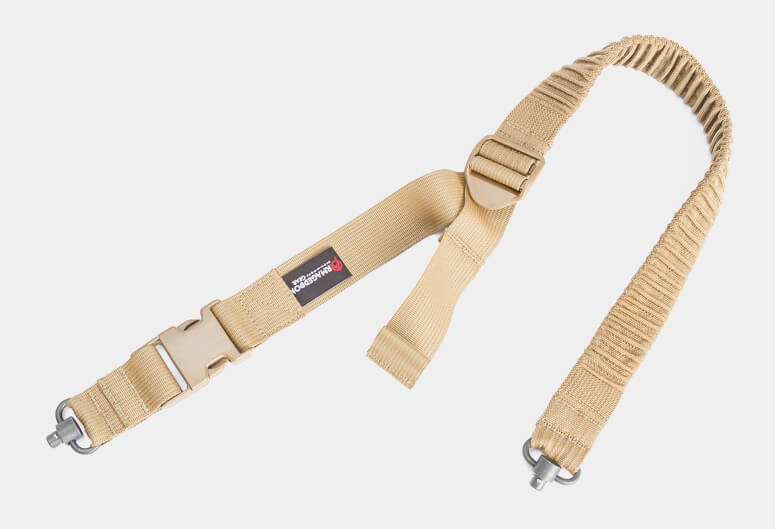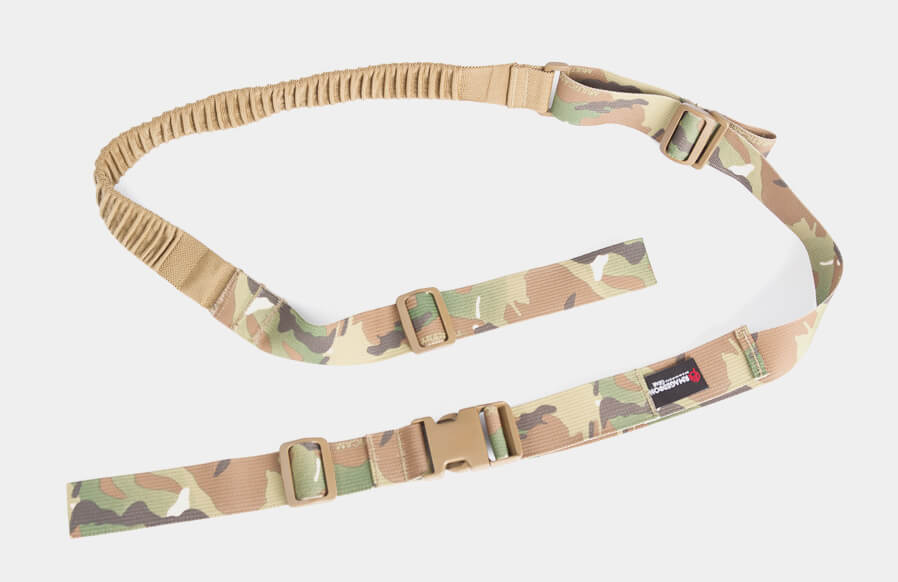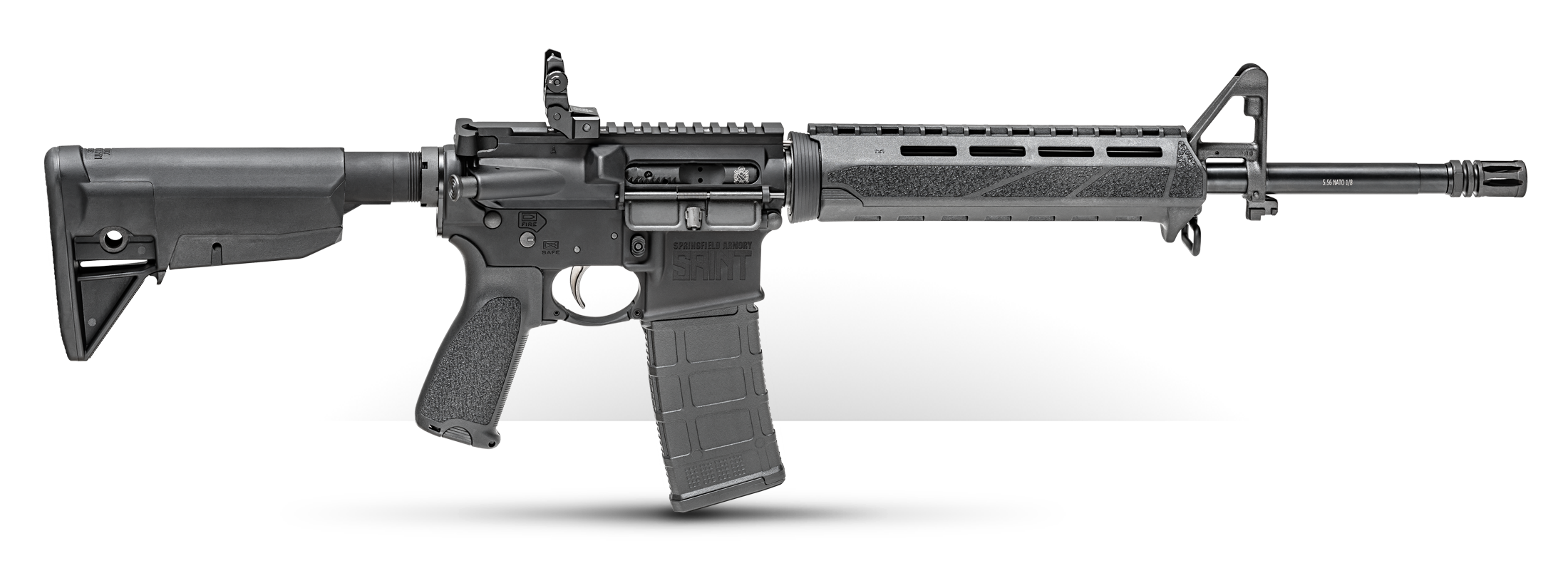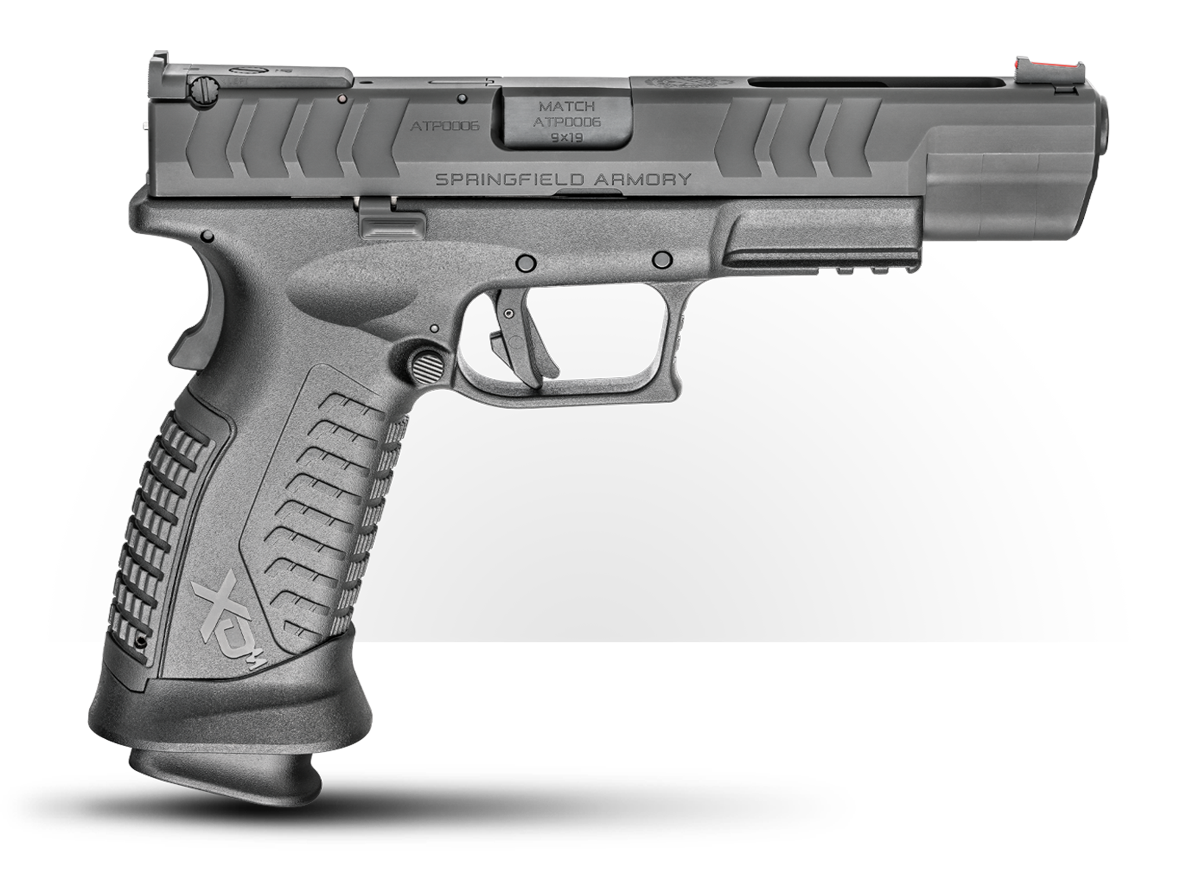How to Use a Two-Point Sling: User Guide
August 3rd, 2025
7 minute read
The two-point sling in my opinion, and the opinion of many others, is the most versatile sling choice. To help out those new to two-point slings or those who have not used them to their full potential, we put together this user guide just for you. If you’ve ever wondered how to use a two-point sling, this article is for you.
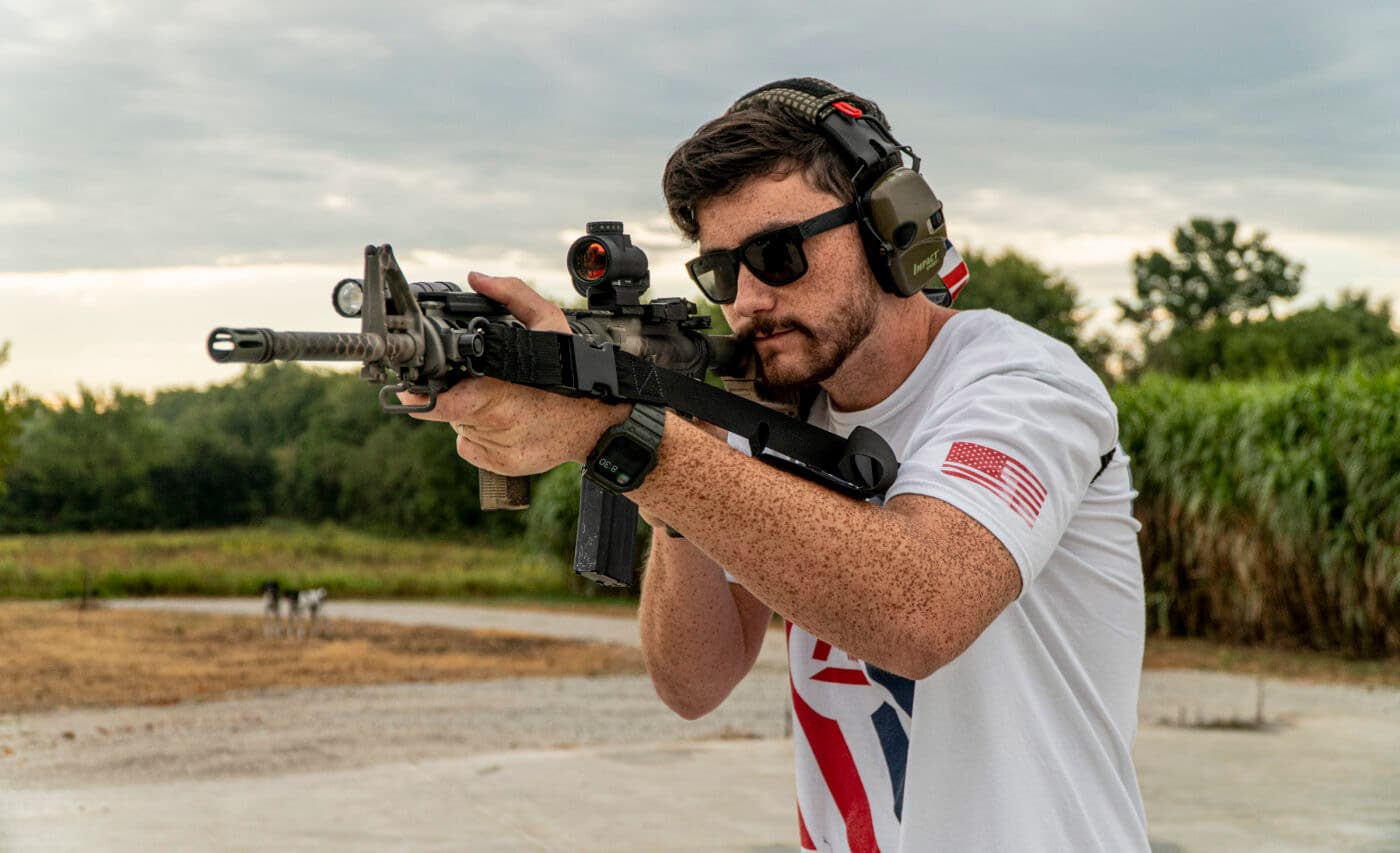
What Is It?
Before we get too deep, let’s define a two-point sling. A two-point sling is a sling that attaches to a weapon at two separate points of contact. One point is usually toward the front of the weapon somewhere in front of the trigger. The second point usually attaches behind the trigger near or on the stock.
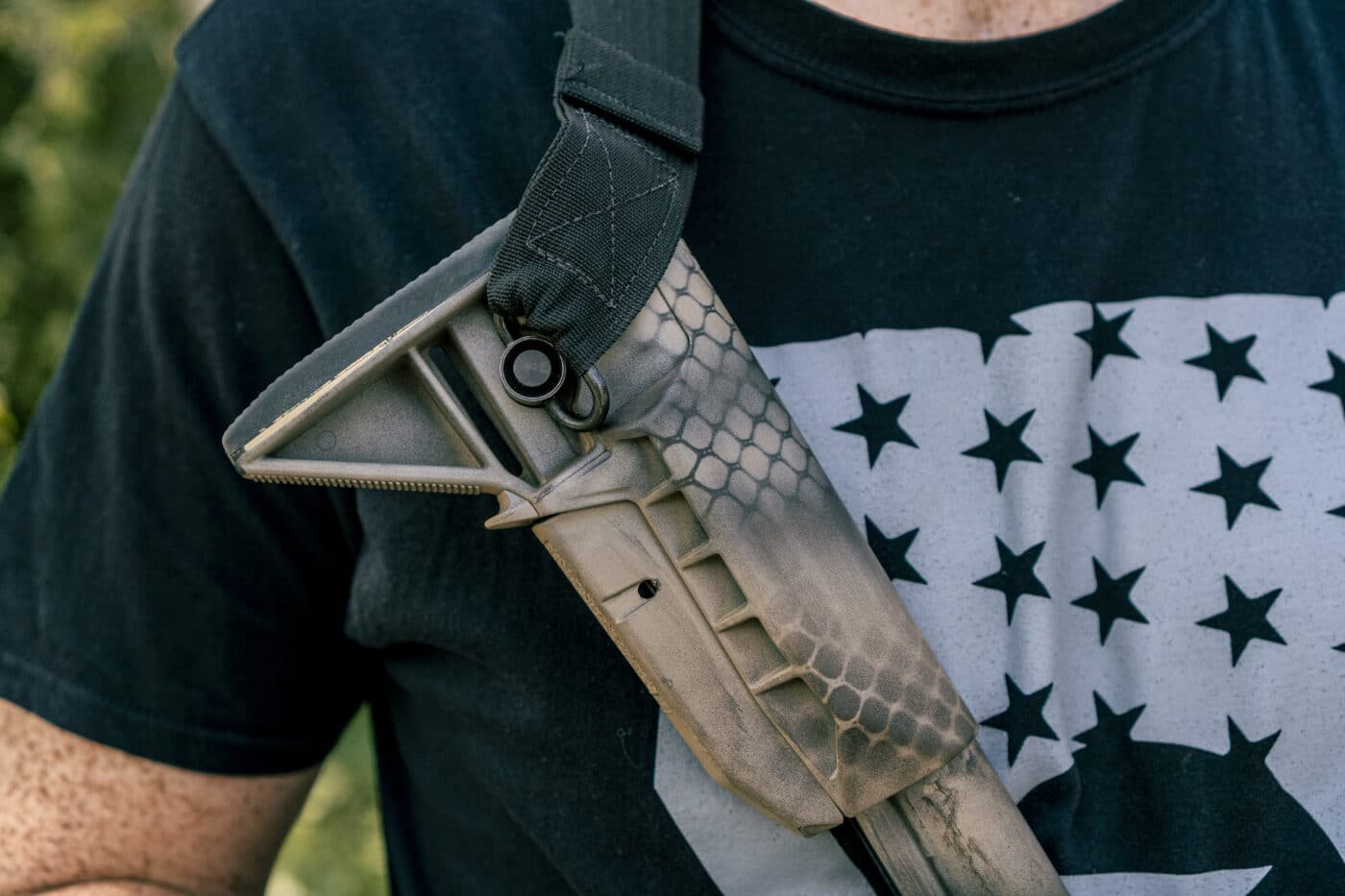
Two-point slings can attach with loops to a rifle like the standard M1A that is equipped with sling loop mounts, or it can attach with smash hooks or quick detach push button mounts to any rifle with the matching attachment hardware. We usually refer to that last option as just “QD mounts.” I’ve found most shooters prefer the QD mount systems if given a choice.
How to Properly Fit a Two-Point Sling
I attach my two-point sling to my rifle in a way that I feel lets me have the most control over it. This is a QD attachment toward the muzzle on the support hand of the gun (the left side for me). On the dominant-hand side of the gun (the right side for me), I have my sling run over the top of the stock and attach on the right side, away from my body.
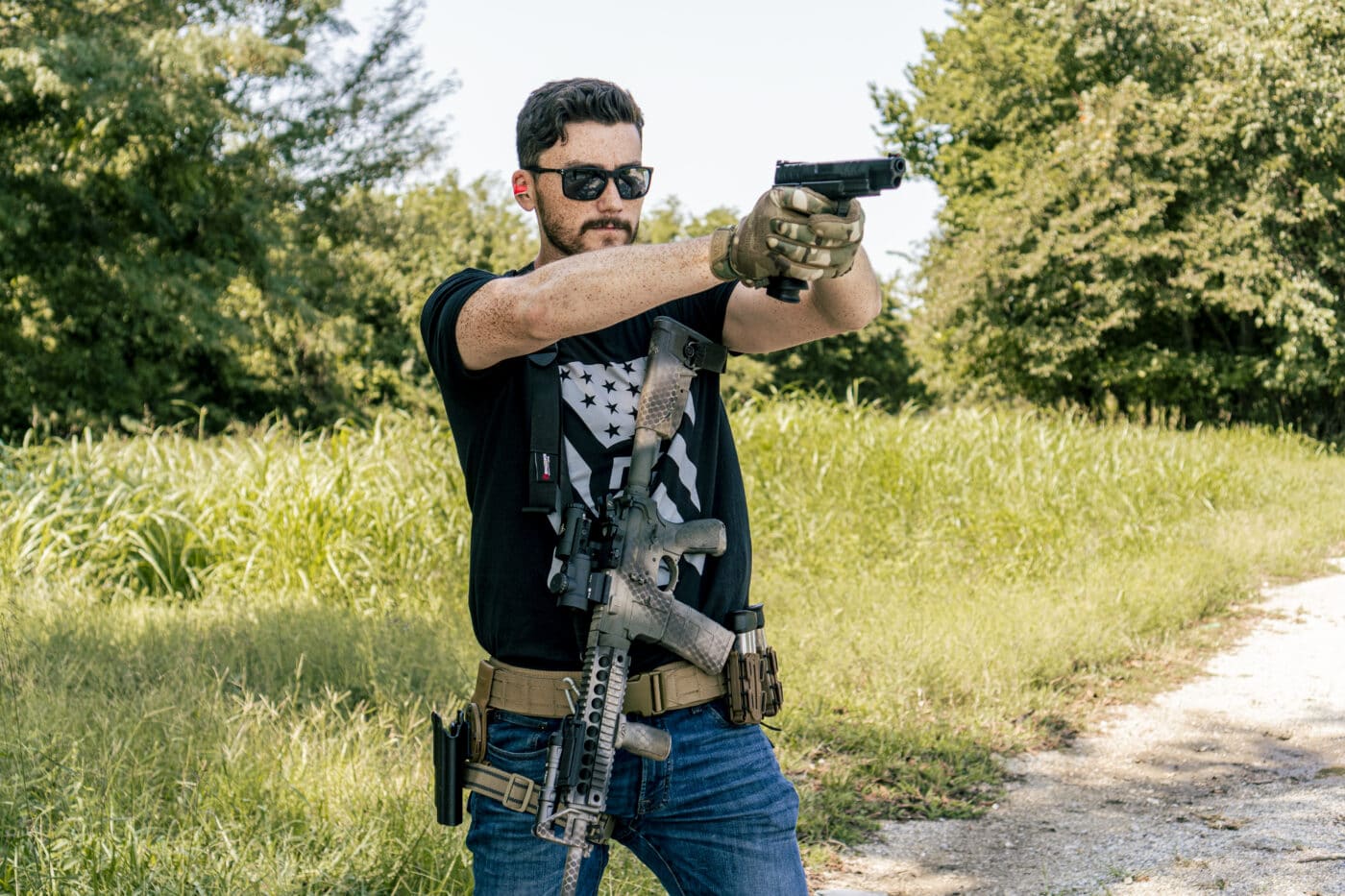
Now here is how you get your sling tightness setup for you. Mount your sling and put on your rifle. With your rifle hanging, adjust the sling so that it’s as tight as possible, but you can still go from a resting position to an “on target” ready-to-fire position. In other words, make sure you can do a “ready up” with no hindrance.
This is a process you need to do every single time you put on the rifle or after you mess with its adjustments. This brings up an important point. For the love of all that is holy, please, please get a two-point sling that can rapidly adjust (tighten or loosen), or else you miss out on the biggest benefits of the sling.
Okay, now that the boring stuff is out of the way, let’s get into the meat of what makes the two-point sling superb in my opinion.
Hands-Free
The biggest advantage of the two-point sling is that you can sling the rifle easily for hands-free use. Yeah, that’s right, the biggest advantage of the two-point sling isn’t about shooting.
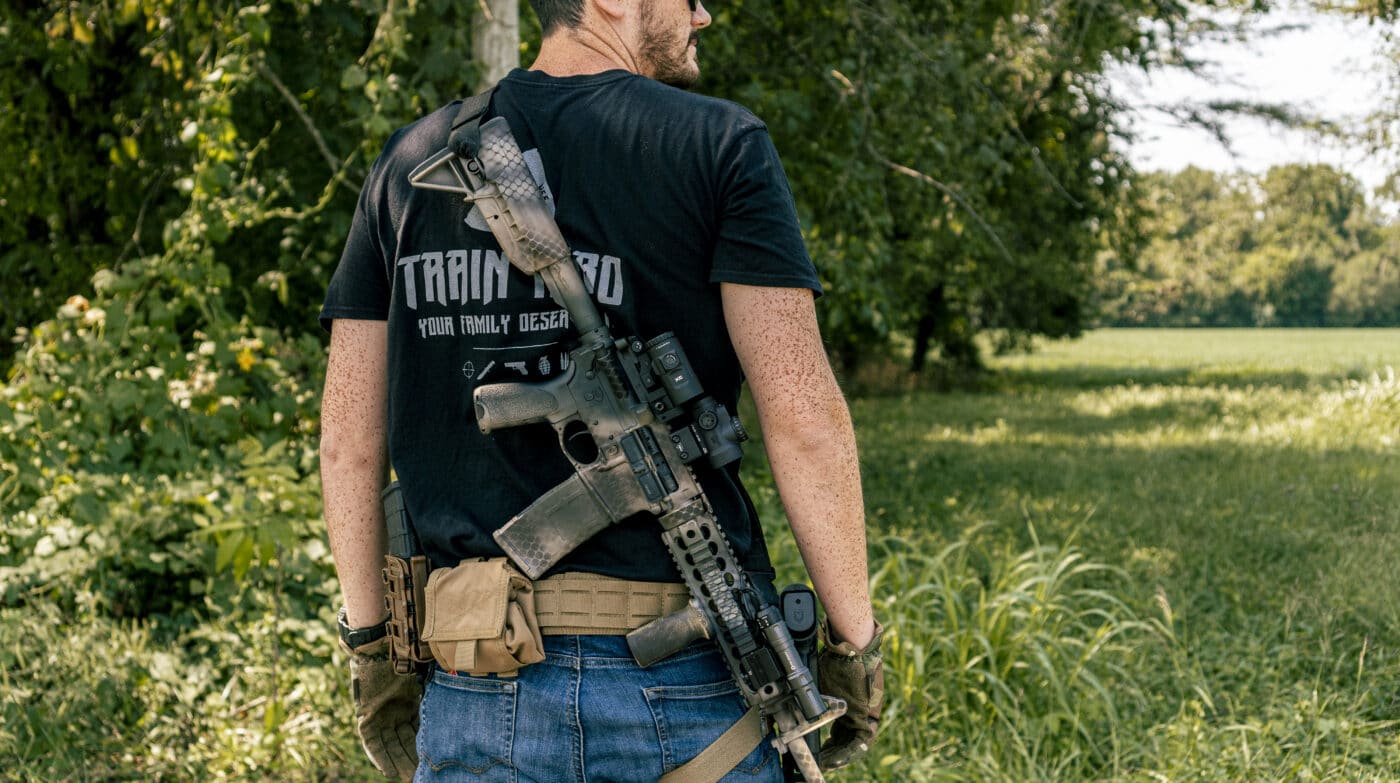
A recent photograph from Afghanistan during the U.S. evacuation showed a Marine with his rifle slung across his back. The Marine was lifting civilians over the wall at the Kabul airport. Going hands-free is the biggest advantage that sets the two-point slings apart. But to take full advantage of it, you have to have a quick adjustable two-point sling.
How do you get into a hands-free position where the rifle is across your back? This one took me a minute to figure out when I first used two-point slings. Really, the best way to understand the fluid motion is to point the rifle out like you’re going to fire it. Then, take your support arm and swim it down outside of the sling loop, leaving the sling strap across your shoulder. Then, you bring your dominant arm down, over and up inside the sling loop.
This will leave you with a rifle across your back with the buttstock up and the muzzle down. Of course, if you are in a situation where you need the muzzle up, you can also wear it that way. But with friends walking around, muzzle down toward the dirt is almost always the best option.
Security
You can also simply take the rifle sling and cinch it down across your torso tightly. This will secure the rifle to your chest out of the reach of a threat and still let you use two hands to restrain bad guys or help those in need.
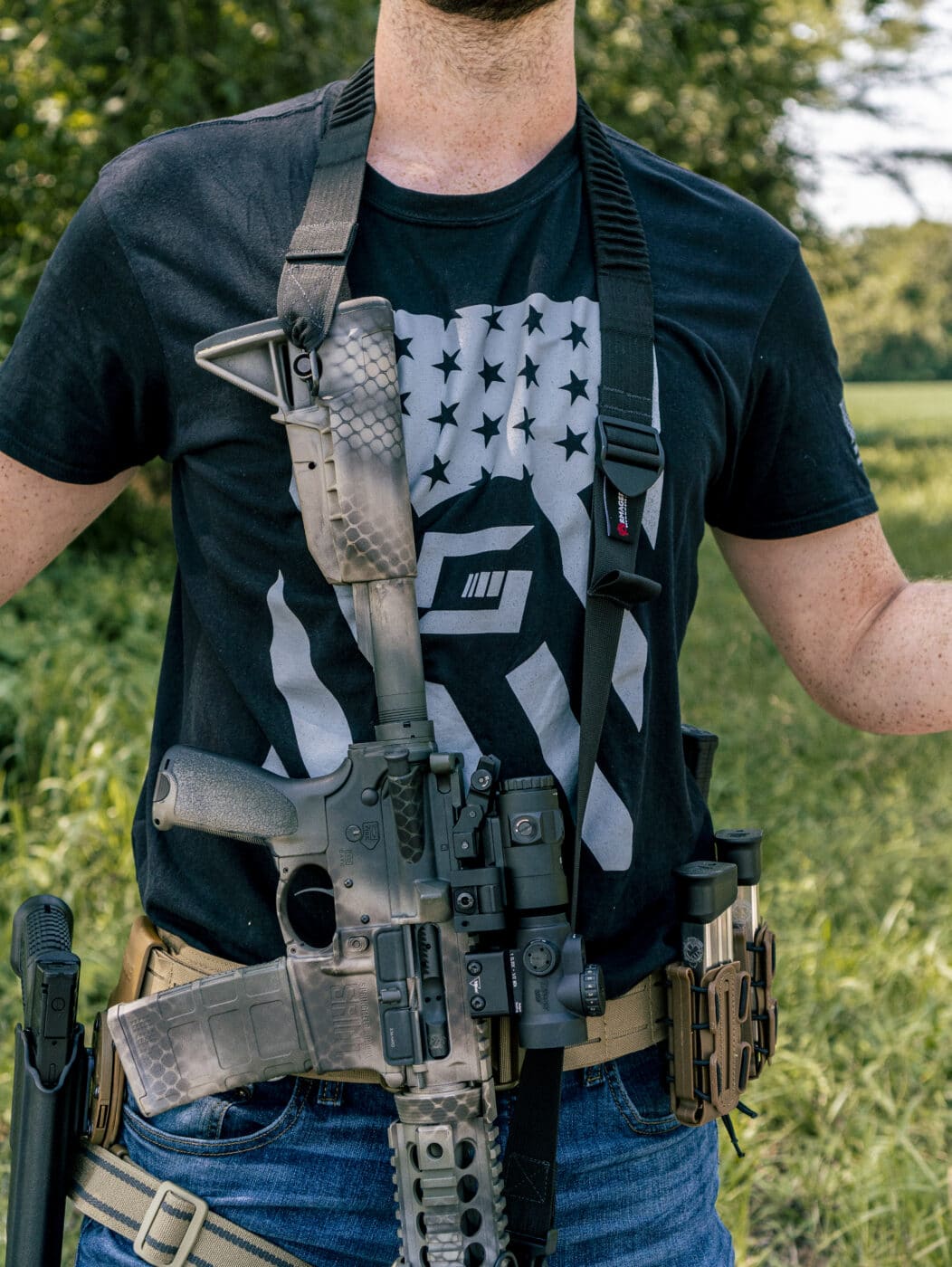
This brings up another great benefit of this sling choice — its security. This sling doesn’t leave your rifle dangling out away from you, making it harder to grab. A single-point sling, for example, cannot cinch the rifle up to you like this. The sling can get tighter, but the rifle will still dangle.
Stability
Maybe the two-point sling’s second biggest advantage is the fact that it can be used to create a very solid shooting platform. By taking your support arm and pressing it into the sling, you can create tension in the platform making the weapon much more stable when taking aim.
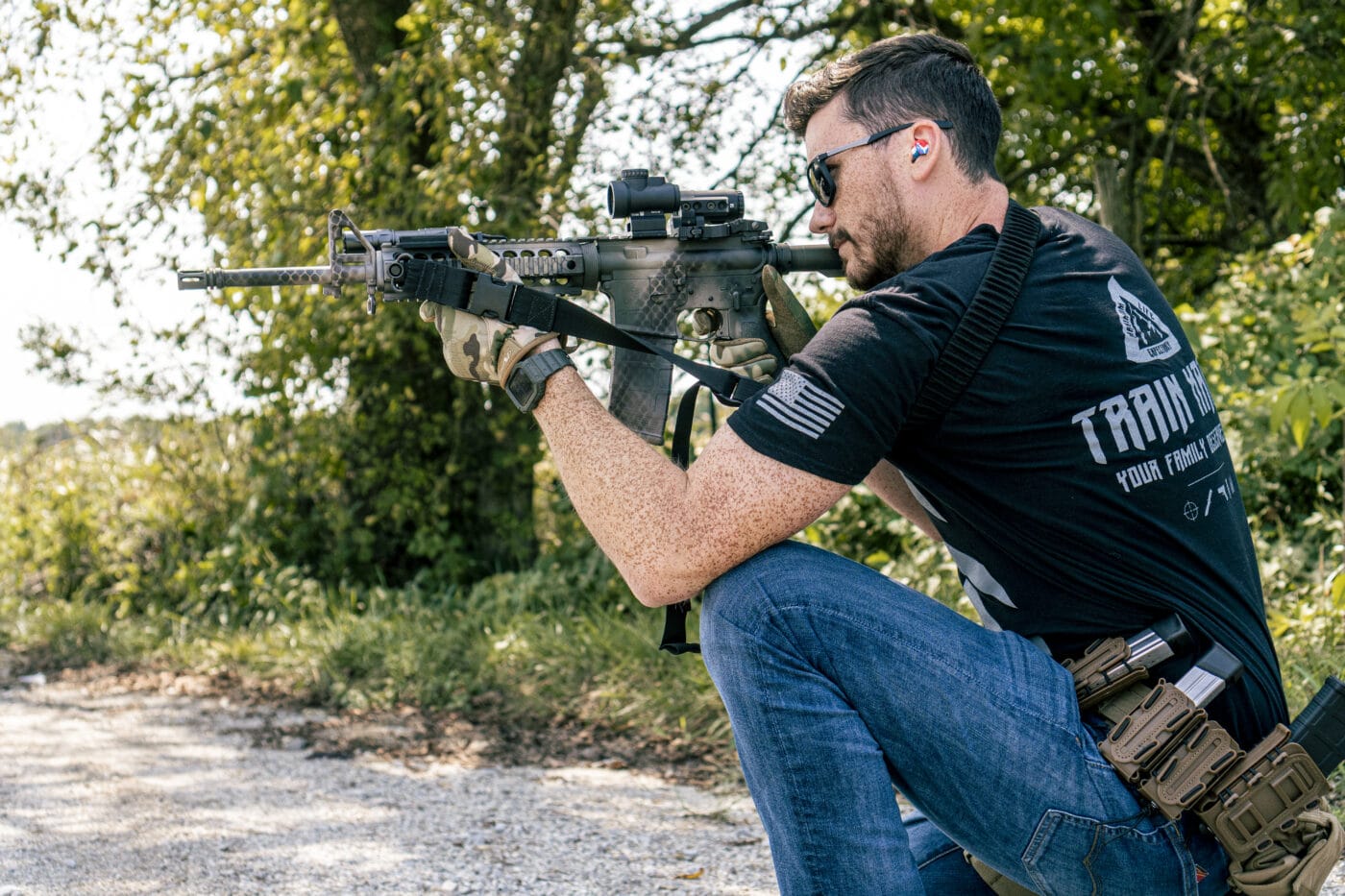
There are some slings like the Armageddon Gear PRS sling that even has an adjustable loop specifically for your bicep. You use this by slipping your arm in the loop and creating tension in the sling to give yourself a much more solid shooting base for firing a rifle when not on the bench and not in the prone position. Shooters have been using the two-point platform to stiffen up their shooting stance for decades with their hunting rifles and traditional slings; this is really no different.
The Nuances
The two-point sling has more material than a single-point sling, so you have to learn how to not get tangled in it. When shooting, doing things like reloads, getting in the prone position, kneeling, getting in cars, or transitioning shoulders can cause you to choke yourself out with this sling choice. Especially If you have it set up as I described at the beginning.
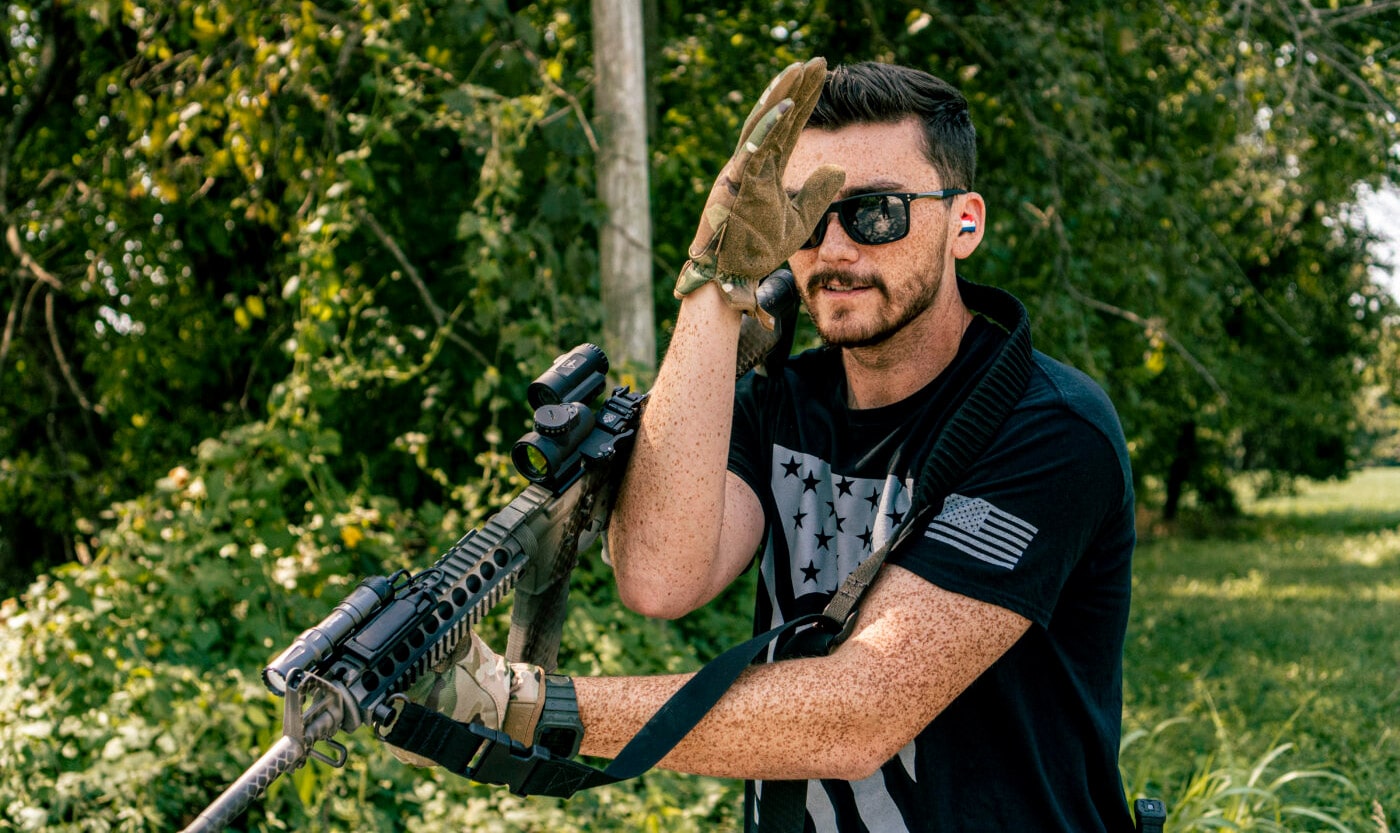
To pull off some of these more dynamic movements like reloading your rifle, it’s best to swim out of your sling. What I mean by that is to take your support arm that is in the loop of the sling and bring it out of the sling. This has it so you are wearing your two-point sling as if it were a big necklace with a rifle attached. This isn’t comfortable on the neck, nor is it very secure. But, this is a very handy option when you are having to do maneuvers and movements under duress.
Swimming out of the sling is an essential skillset that you MUST have to effectively use a two-point sling. Shoulder transitions to accommodate different cover or concealment options are not possible without swimming your support arm out of your sling.
Bonus Points
Okay, the last thing that I want to point out is an oddball thing that will only apply to about 1% of the population. But I’m a thoughtful guy, so here goes. If you shoot a long gun left-handed but shoot a pistol right-handed, slings stink for you. Sorry, it’s just the truth. But because the two-point sling is so dang good it can actually work really well to accommodate your needs.
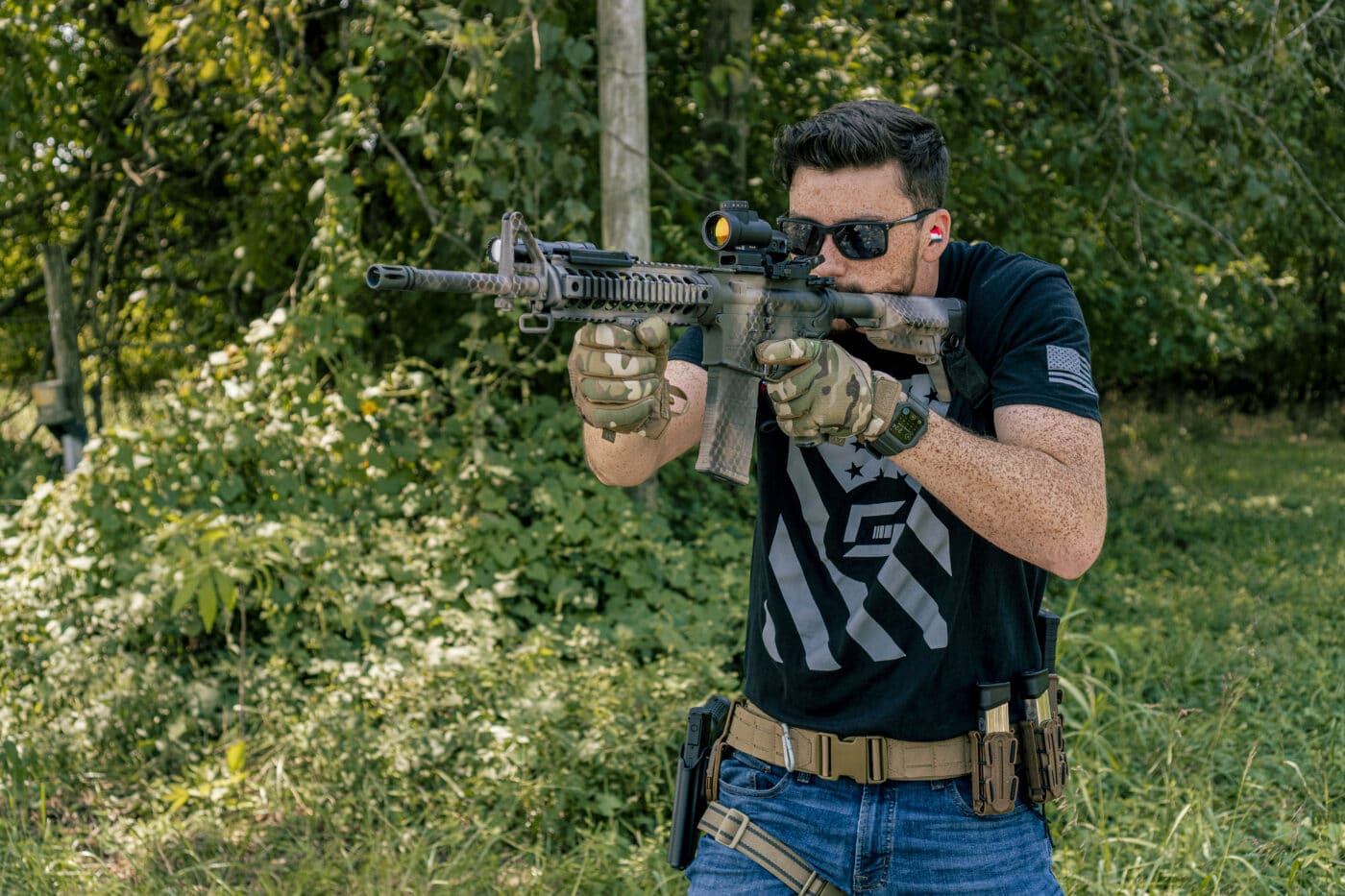
For this you want your rear sling attachment to run down from the stock and under your left arm, as if to put the sling in your armpit. Next, you want your right arm out of the sling loop. This looks backward because it is, but it will allow you shooters who shoot a rifle left-handed and a pistol right-handed to operate with success!
You will still have to learn to swim out, but now it’s the opposite for you. Your shooting hand will have to dip down and out of the sling resulting in that big necklace I mentioned earlier.
Conclusion
That’s a crash course on using a two-point sling. My opinion is that it’s the most useful and best option that exists to sling your rifle. If the sling you pick has the option to convert to a single-point, then even better. Single-points are the king of shoulder swapping, making them great for room clearing. But the benefits of a two-point sling far outweigh the disadvantages, making it the clear choice for 99% of the scenarios you could ever encounter, in my opinion.
Editor’s Note: Please be sure to check out The Armory Life Forum, where you can comment about our daily articles, as well as just talk guns and gear. Click the “Go To Forum Thread” link below to jump in and discuss this article and much more!
Join the Discussion
Featured in this article
Continue Reading
Did you enjoy this article?

 155
155




